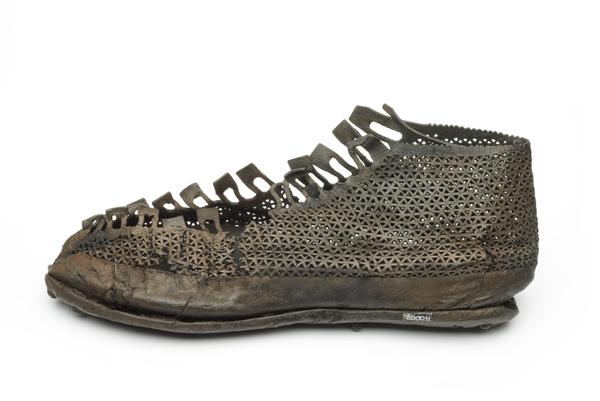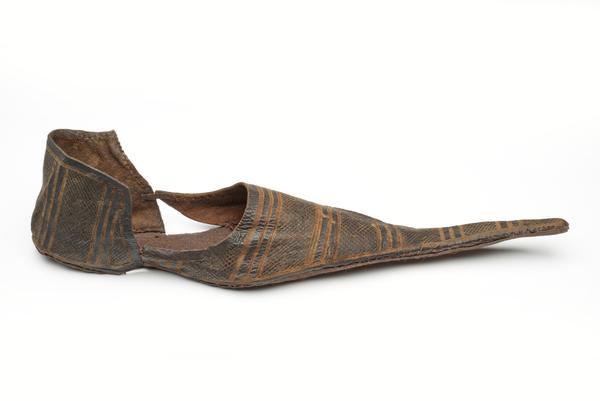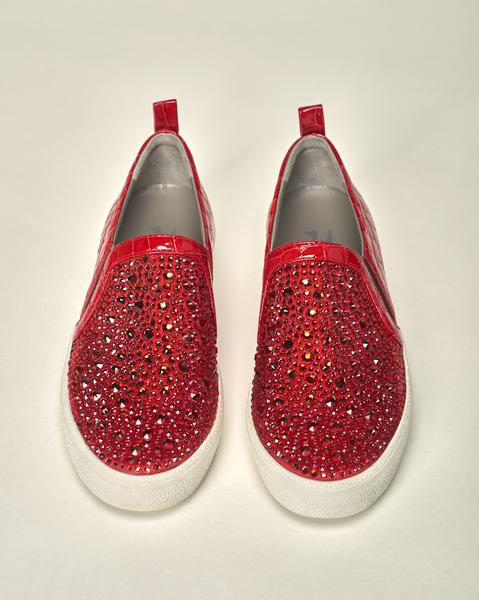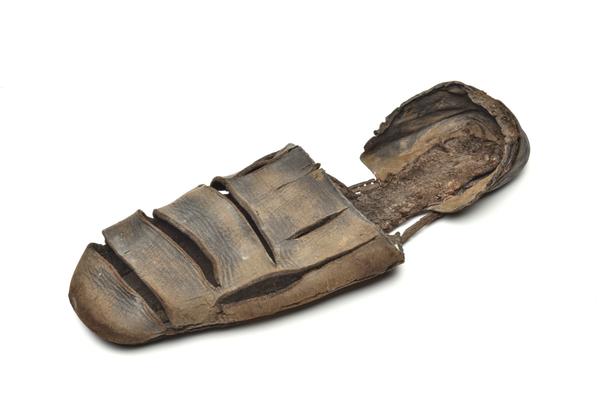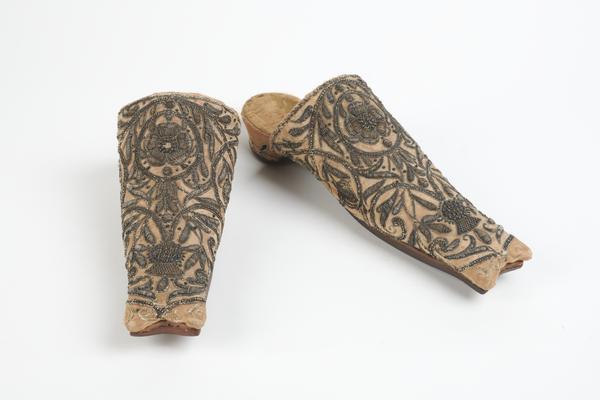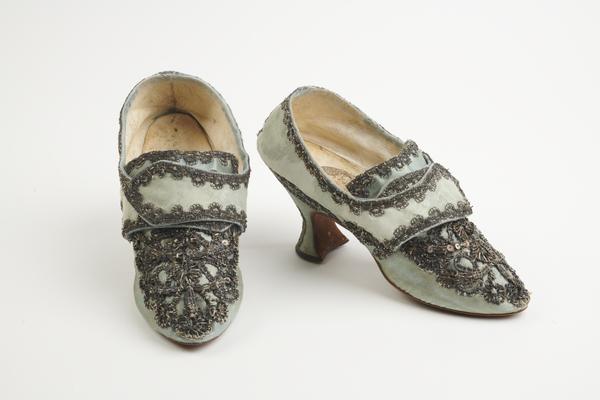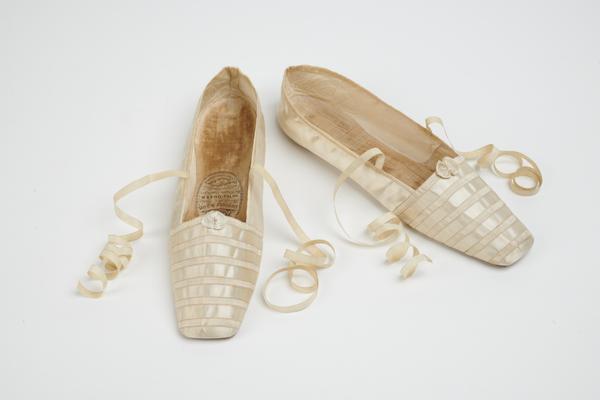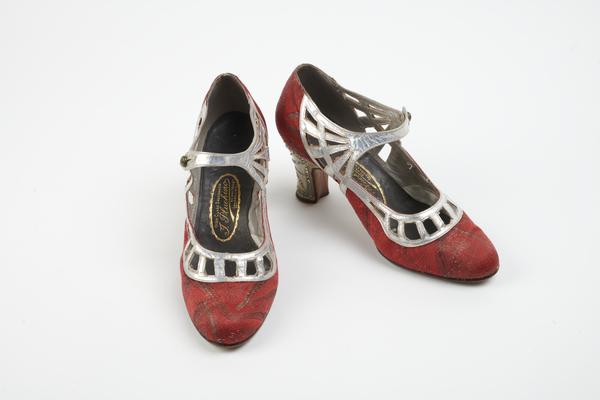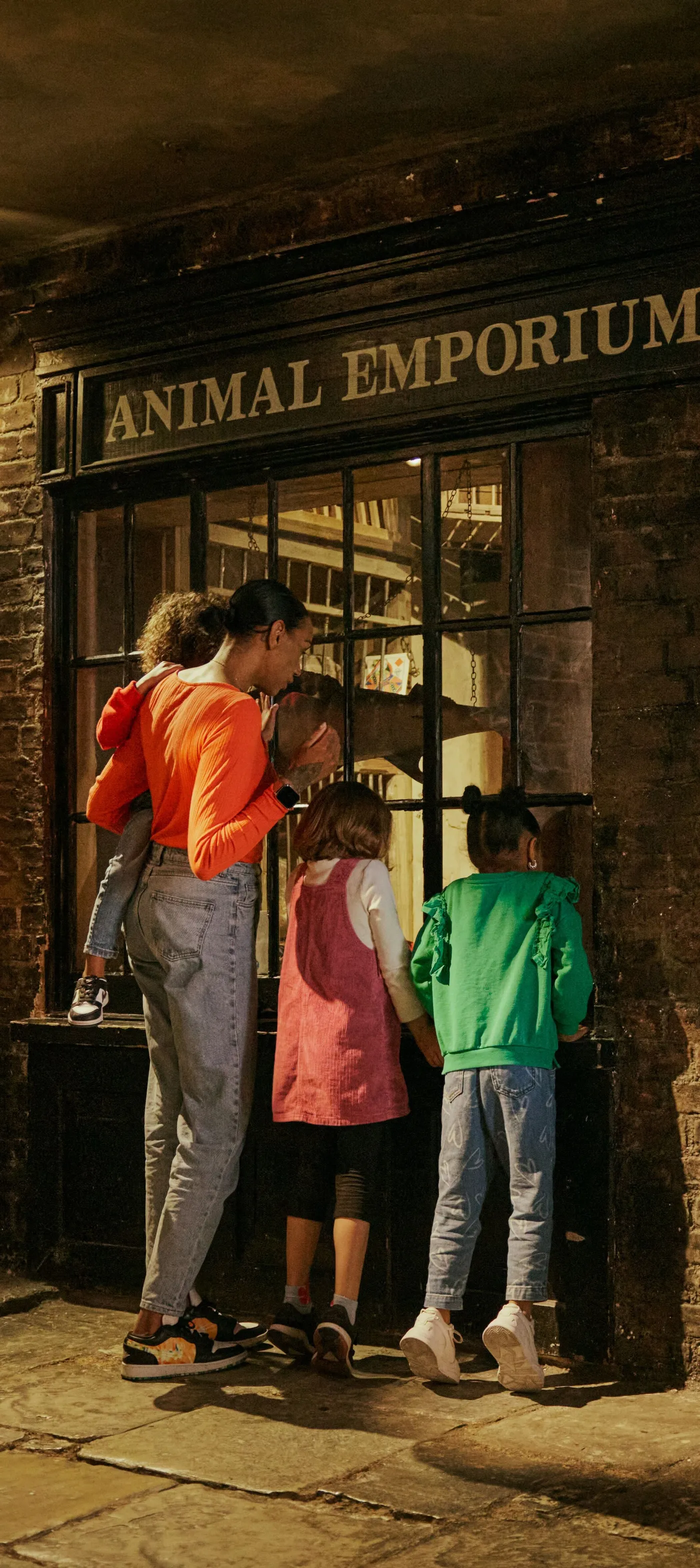London is a shoemaking city
We have around 10,000 shoes and shoe fragments in our collection, spanning the founding of Roman London to the present day. These 10 shoes showcase the city’s rich shoemaking heritage, how Londoners from all over established trades and trends in footwear excellence.
Across London
Since 47 CE
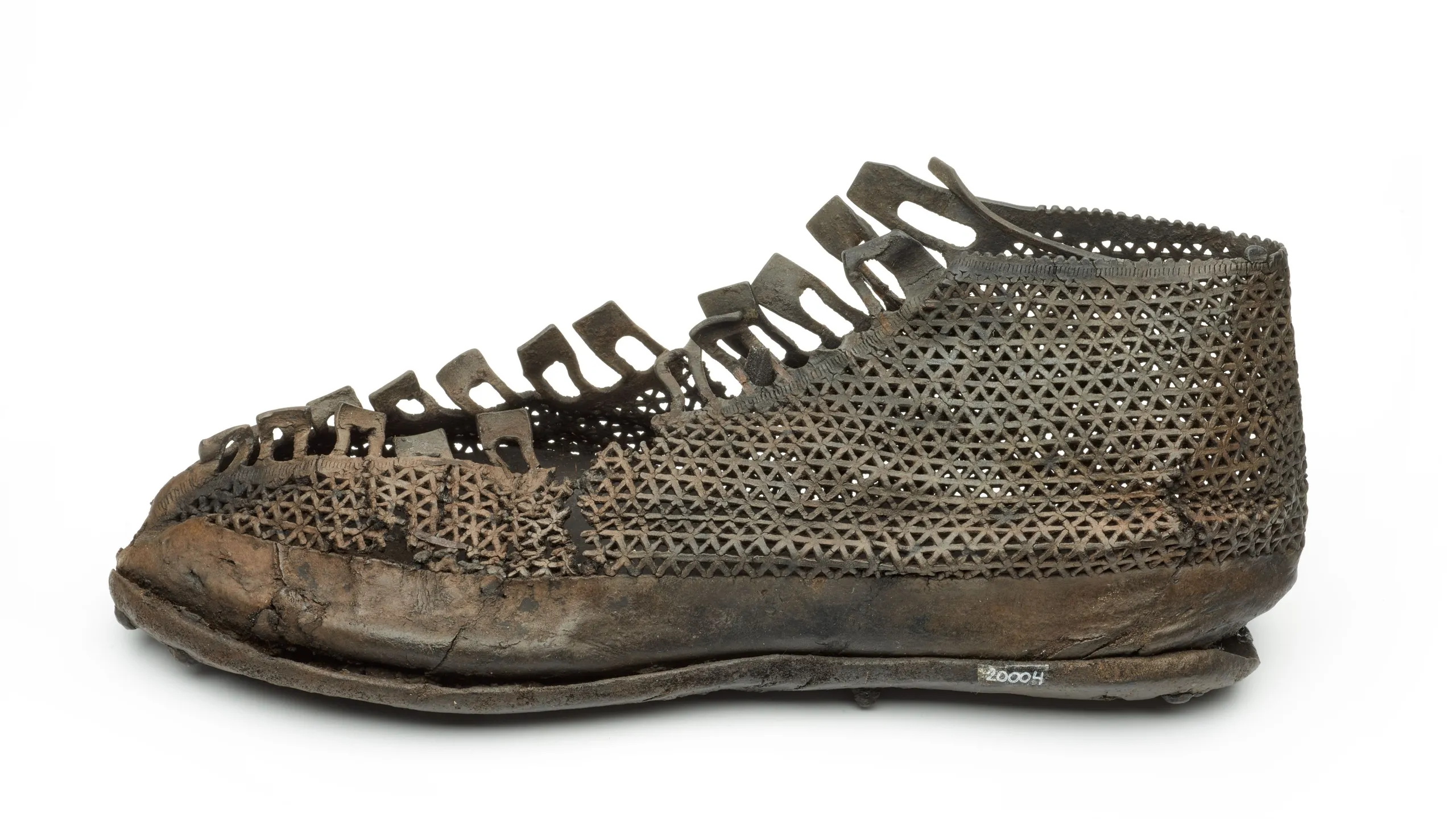
Roman shoes and shoemaking
The Romans created an organised leather industry and supply chain. London’s first shoemakers were probably soldiers with the leatherworking skills to make army boots. Footwear followed fashion trends and came in a variety of styles. There were sandals, strap-style caligae (military boots) and, in this example, boots with cut-outs to show off the wearer’s colourful socks.
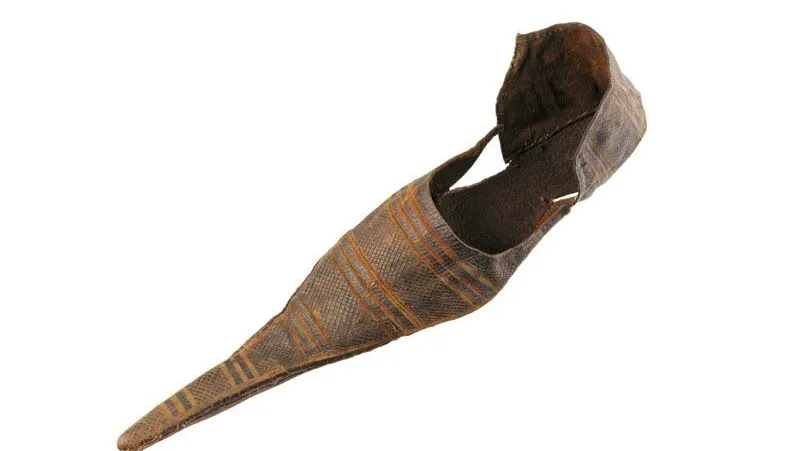
Medieval poulaine, late 1300s
Shoemaking was a big trade in medieval London. Cordwainers made new shoes by hand, cobblers fixed old ones, and tanners treated the animal skins – which was a dirty and smelly job. Extremely pointy shoes called poulaines were a popular shoe style for men, particularly wealthier Londoners. The toe points were stuffed with material like moss or hair to keep their shape.
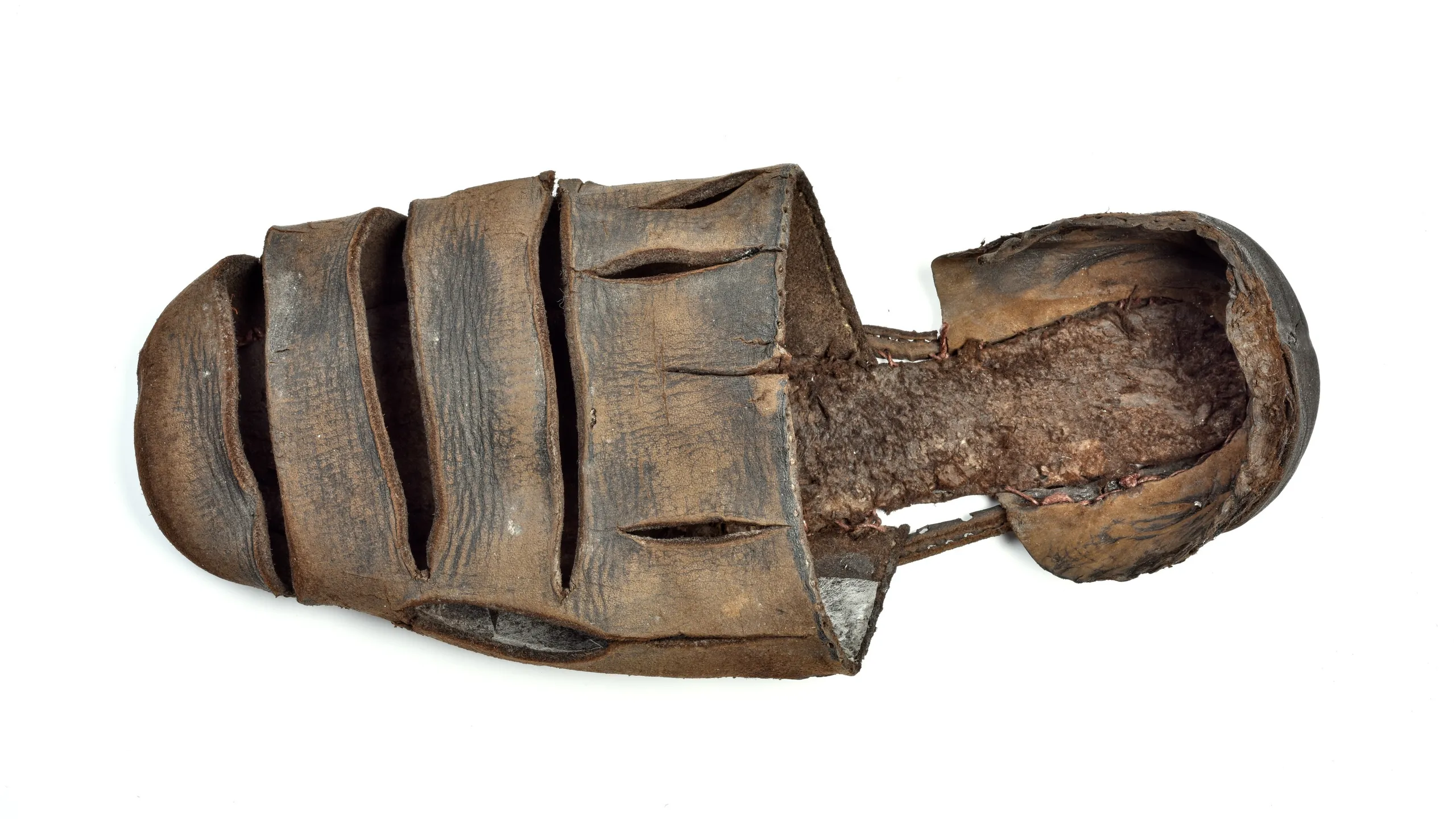
Tudor shoes, early 1500s
From the late 1400s to early 1500s, pointed shoes fell out of fashion, and round or square toes came in. The front of this shoe has been slashed for decoration, revealing the wearer’s coloured stockings. Leather shoes would have been worn by most Londoners. If you were rich, you might have also worn shoes made from richly embroidered fabrics on some occasions.
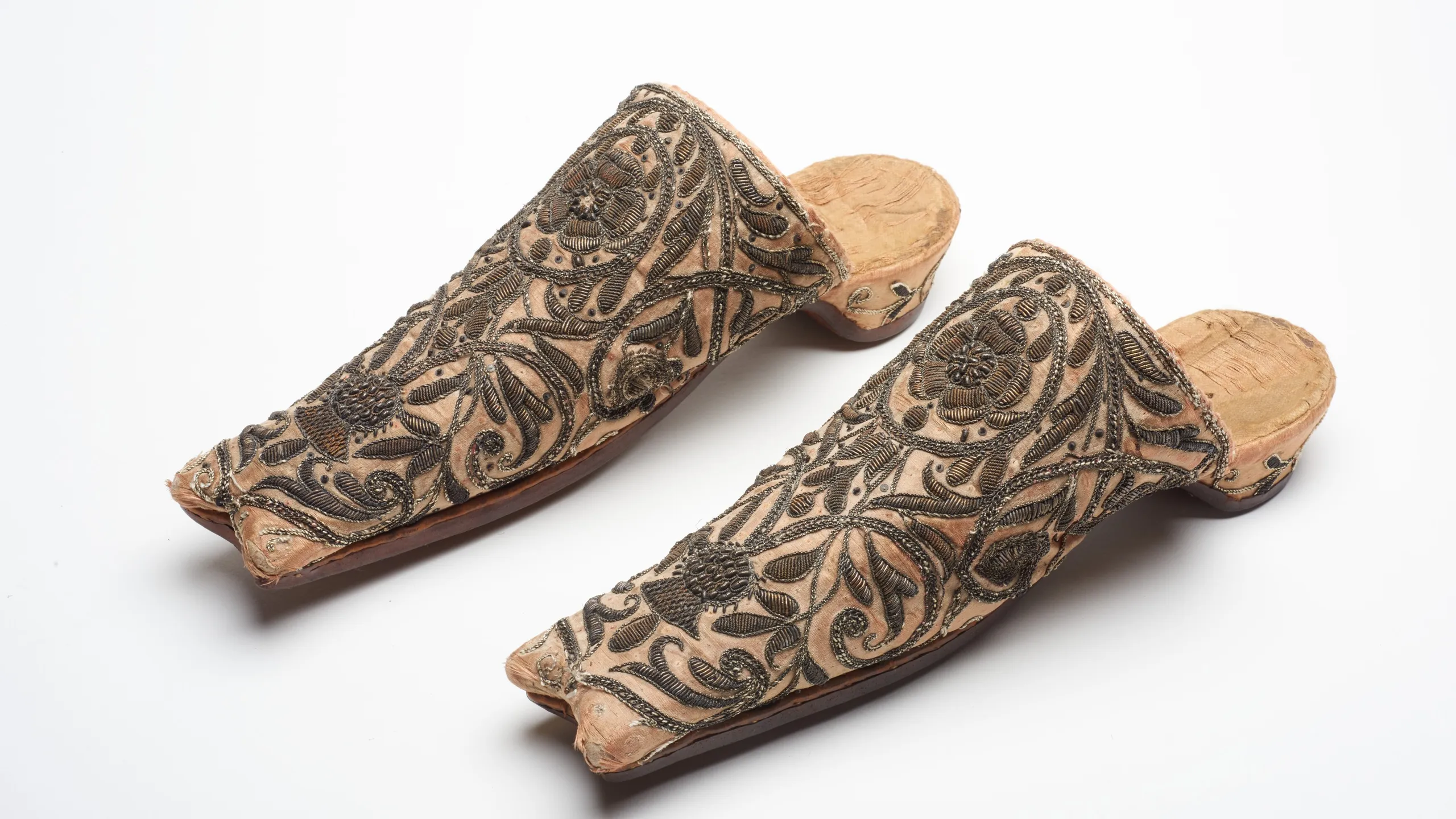
Mules, 1651–1660
Backless shoes, or mules, were a popular indoor or leisure shoe in the 1600s. Designs were similar for both men and women, and in this period, mules came in identical pairs, rather than with a distinct left and right shoe. See the forked toe at the end? This was once a particularly trendy detail. The fashionable salmon pink tells us these would have been worn by a wealthy man.
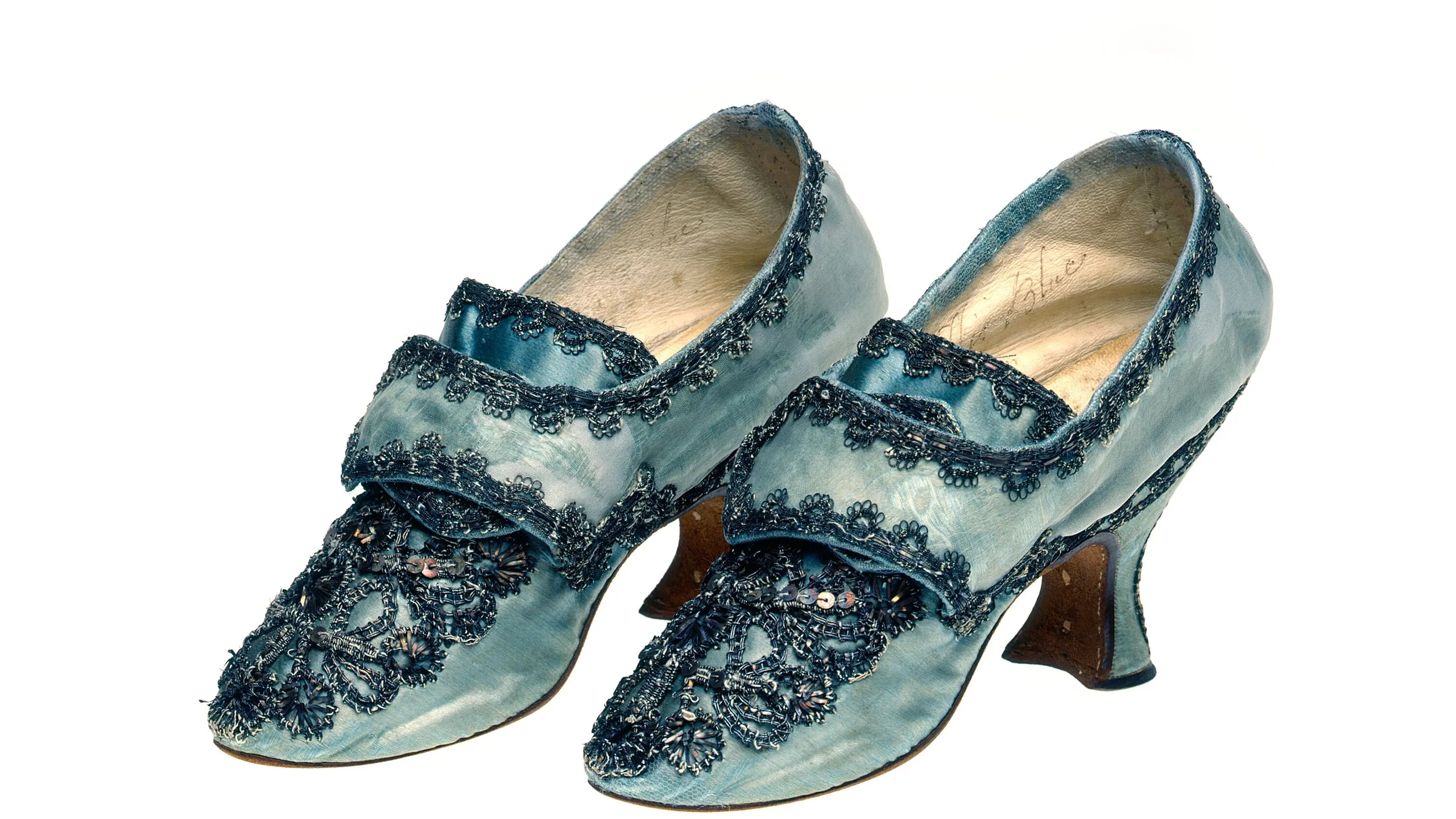
Heels, 1760s
Unusually for this period, these blue-green satin shoes give us the name of the maker: Francis Poole, based in Cheapside in the City of London. In the 1700s, Cheapside was filled with luxury shops and businesses making and selling women’s clothes and accessories. Many women were also employed in these trades, with some running their own businesses.
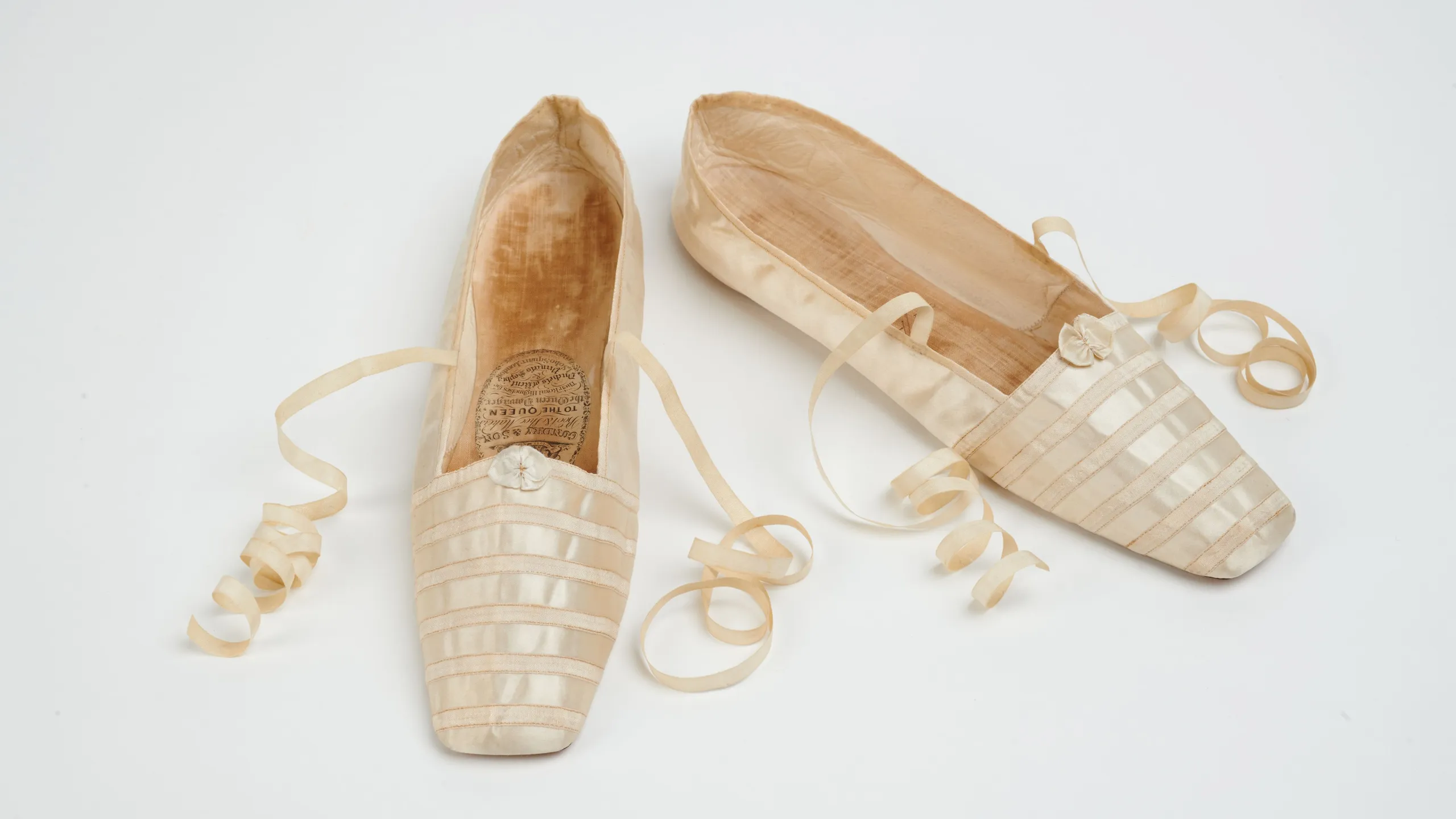
Queen Victoria’s silk slippers, 1838–1840
As London’s population rapidly grew in the 1800s, shoemaking was a reliable career choice. Gundry & Son were a boot and shoemaker to Queen Victoria, based at 1 Soho Square in Westminster. These silk slippers look like the ones she’s wearing in the portrait of her coronation in 1838. She wore a similar pair on her wedding day to Prince Albert in 1940.
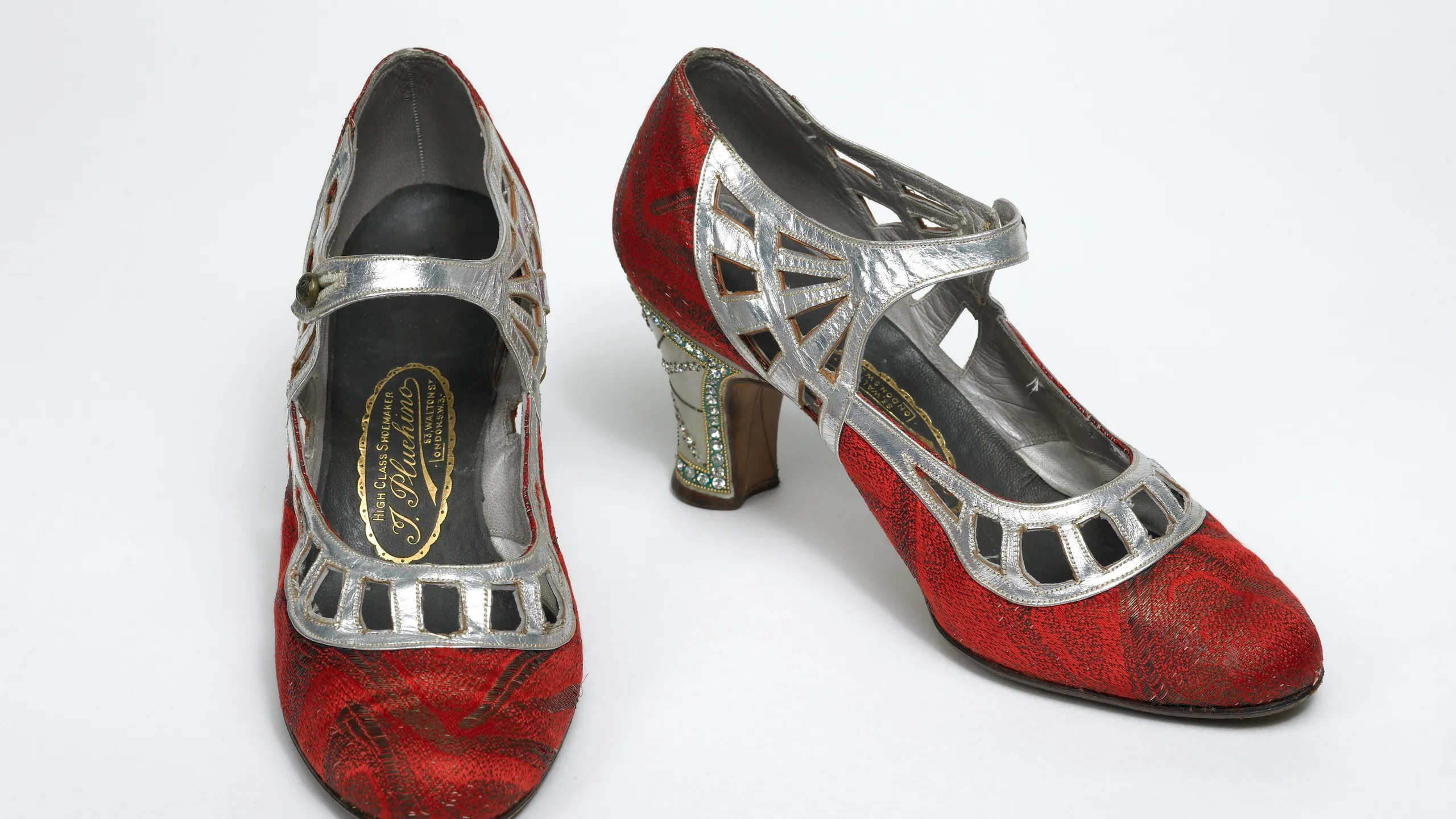
Evening shoes, 1925
The so-called Countess Mena Hamon, wife of famous palm-reader Cheiro, bought these red silk heels from Italian shoemaker Ignazio Pulchino. Pulchino had a shop in Chelsea where he hand-made shoes to fit the client – a process that would take three days per pair. Shoes became more of a fashion statement in the 1920s as hemlines rose and they became more visible.
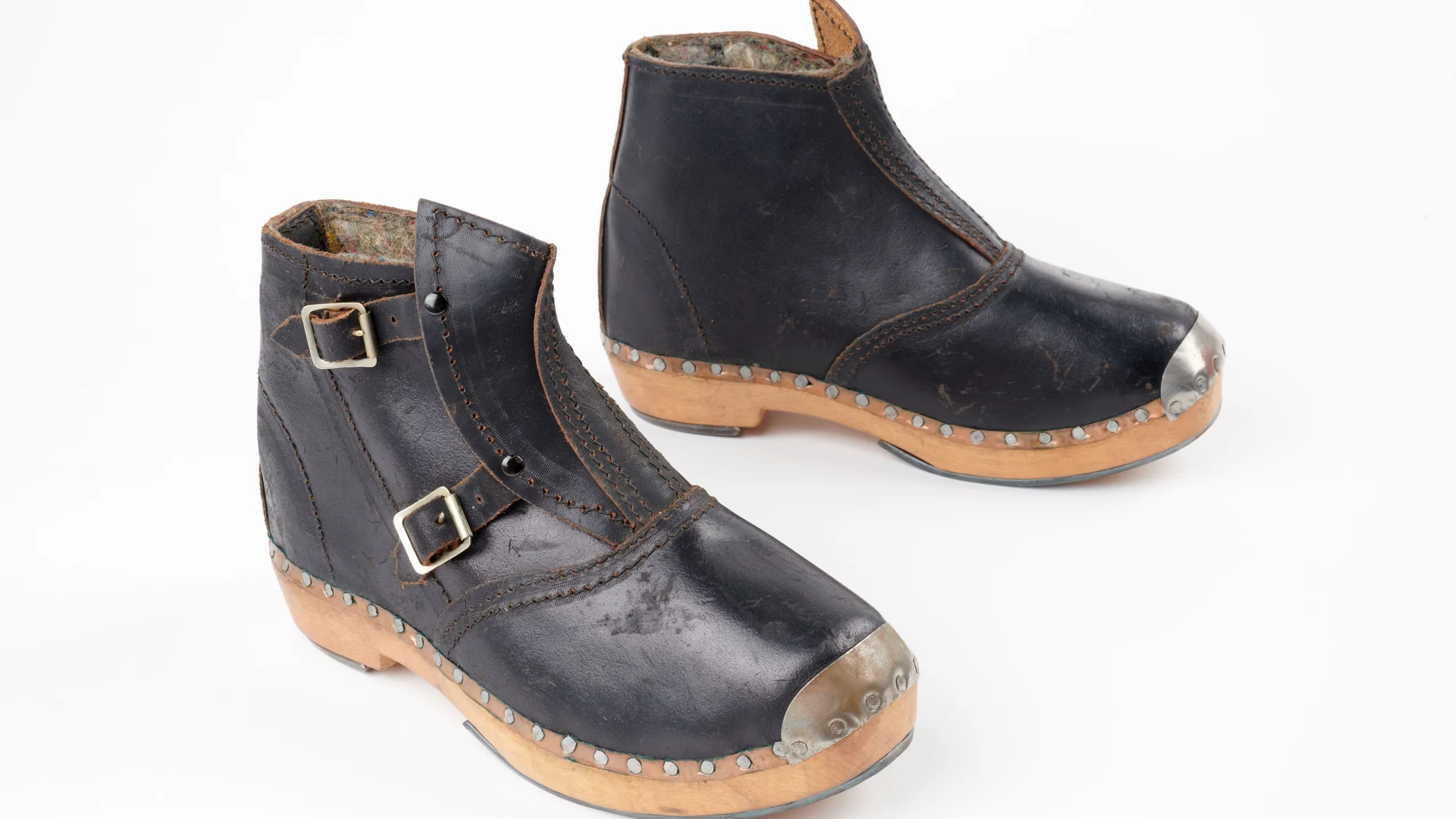
Billingsgate Fish Market clogs, around 1960
These clog boots were worn by fish porters in Billingsgate Fish Market, which used to be in the City of London. Clogs first came from the Netherlands, but they’ve been worn as protective footwear in Britain for hundreds of years. This pair would have been worn while moving fish around the market, protecting the wearer and keeping their feet dry from all the water and fish juice.
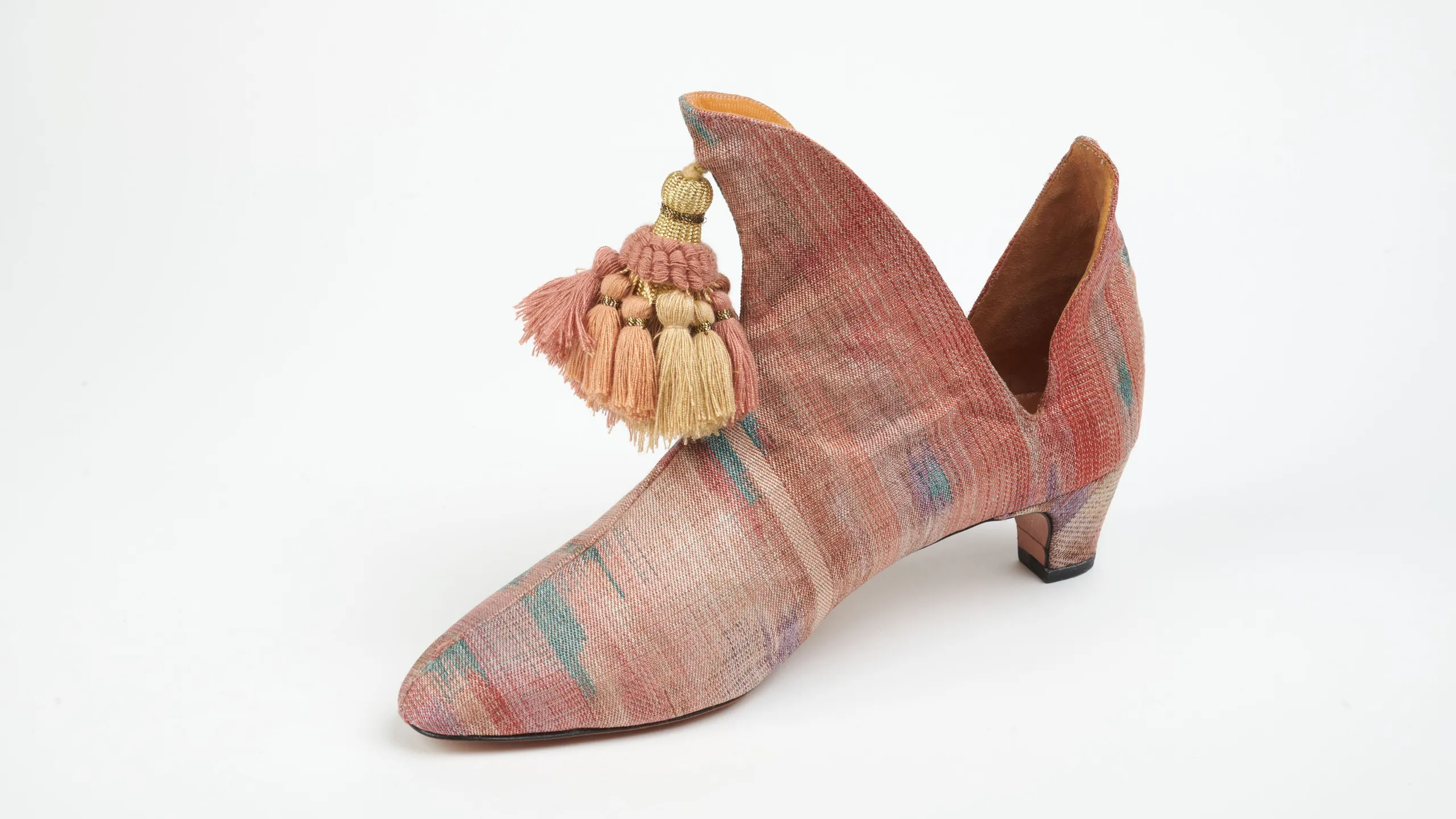
Ankle boot, 1984–1985
This ankle boot was handmade by Walthamstow-born Johnny Moke, a self-taught shoemaker known for his creative and playful designs. It’s a typically unique – and slightly romantic – example of how Moke mixed materials and surprising structural details. His cult shop on King’s Road in Chelsea served A-listers like Cher and Tom Cruise.
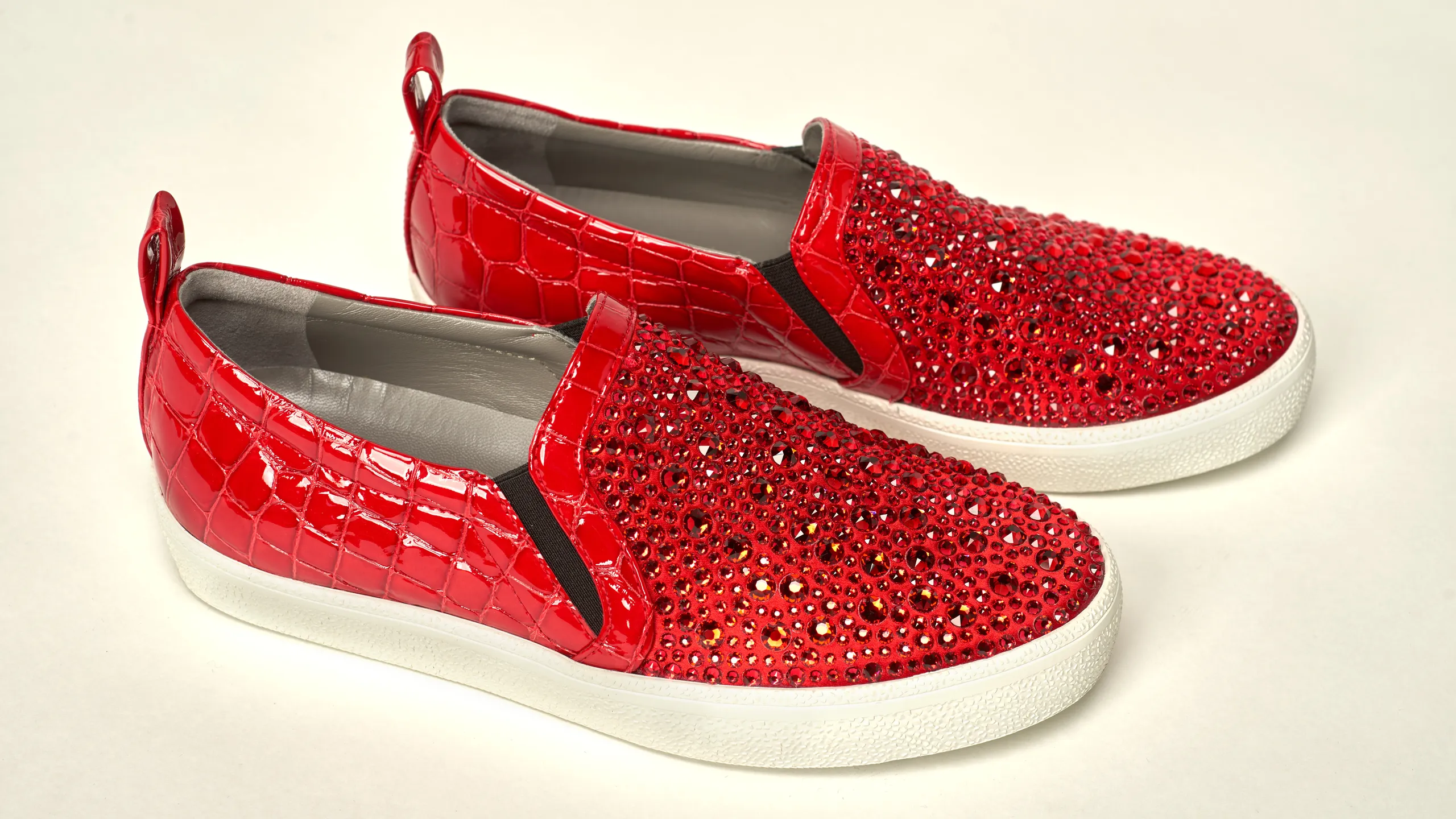
Luxury trainers, 2015
GINA was founded in Hackney in 1954 by Turkish Cypriot shoemaker Mehmet Kurdash. The business relocated to Tottenham in 2011. The family-run brand claims to be “the last and only British designer label creating luxury footwear in London today”. Known for their Swarovski crystal-covered heels and sandals, GINA started making trainers to appeal to a wide market.

